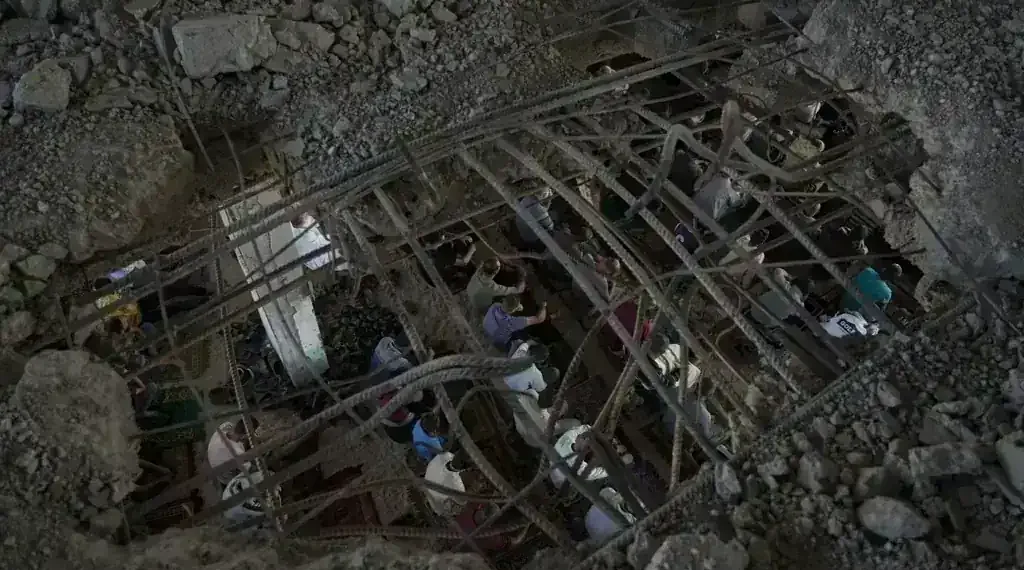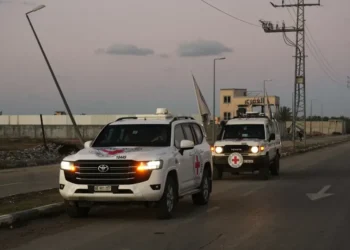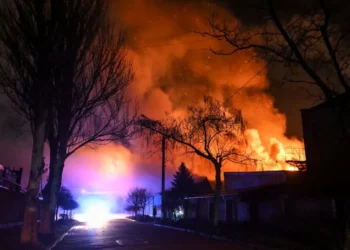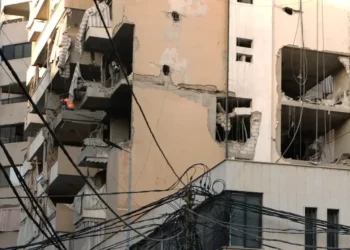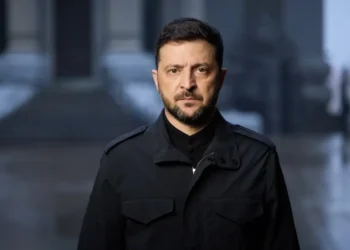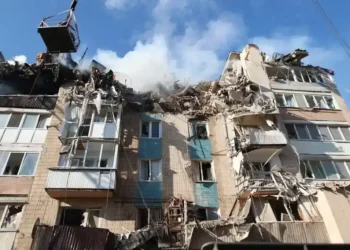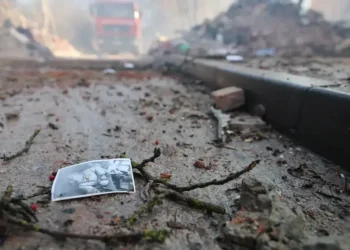Published: October 18, 2025, 21:45 EDT
The fragile ceasefire between Israel and Hamas has brought a brief calm to Gaza after two years of devastating conflict, but for most residents, daily life remains a struggle for survival. Amid ruins, rising prices, and fragile aid flows, Gazans face an uneasy peace filled with uncertainty and loss.
Life After Ceasefire: Hope Shadowed by Fear
For Bassil Naggar, a displaced father in the coastal Muwasi area, nights are finally silent after months of relentless airstrikes. Yet the relief is fragile. “Life after the ceasefire is still anxious. Is the war really over?” he said, recalling the deadly March bombings that shattered a previous truce.
Naggar’s home in eastern Khan Younis lies in ashes, and the tent he now shares with his family is thinning as winter approaches. “We survive mostly on canned food—fava beans, chickpeas,” he said. While markets have begun to reopen, basic items like instant noodles and potatoes remain costly.
Humanitarian Aid Slowly Expands but Still Falls Short
The World Food Program (WFP) said it is scaling up food assistance across Gaza after months of blockade and displacement. “We’re still below what we need, but we’re getting there,” WFP spokesperson Abeer Etefa said Friday in Geneva. Damaged infrastructure and limited border access continue to hamper efforts.
Under the current ceasefire, hundreds of trucks are expected to enter Gaza daily, carrying essential aid. However, residents say the difference remains barely visible. Naggar, who has been displaced more than a dozen times since 2023, said he hasn’t noticed a major change in supplies since the truce began.
Earlier this week, aid deliveries briefly halted during a prisoner exchange and a Jewish holiday, highlighting the fragility of humanitarian access. Israel had warned it might limit crossings, citing delays in Hamas’s return of hostages’ remains.
Two Years of Devastation and Loss
The war began with the October 7, 2023, Hamas-led attack that killed about 1,200 people in Israel and abducted 251. Israel’s subsequent offensive has killed nearly 68,000 Palestinians, according to Gaza’s Health Ministry, whose records are considered generally reliable by the United Nations and independent experts.
Entire neighborhoods across northern and central Gaza remain in ruins. Returning families often find nothing left but fragments of their past lives. Mohamed Samy, who revisited his home in Jabaliya, found only rubble. “Even drinking water, I have to walk an hour to fetch from a truck,” he said.
Charity Kitchens and Soaring Prices Reflect the Ongoing Crisis
In Deir al-Balah, hundreds queue daily at charity kitchens. Fatima Shaat, displaced from Khan Younis, said she waited six hours for a bowl of rice. “There is no possibility of buying what we want,” added Basma Abu Al-Kheir. Prices for vegetables such as tomatoes and cucumbers remain inflated, while poultry and meat are scarce.
Local markets have reopened in parts of central Gaza, but most residents can only afford the basics. Fida Ziyad, who lost her home in northern Gaza, said she still feels unsafe. “Normal life hasn’t returned. Everything feels temporary,” she said.
Aid Agencies Resume Work Amid Uncertainty
The United Nations Office for the Coordination of Humanitarian Affairs (OCHA) reported that nine aid organizations have resumed limited operations in Gaza City and northern areas. These efforts include food distribution and temporary shelter programs.
Despite these advances, aid workers warn that the situation remains precarious. “Without sustained access and reconstruction, the humanitarian crisis will persist,” said one UN field coordinator, citing challenges in restoring water and sanitation networks.
Famine Fears and Denials
In August, the Global Network Against Food Crises classified Gaza City as experiencing famine conditions. The report warned that hunger could spread if restrictions continued. Israel’s Prime Minister Benjamin Netanyahu dismissed the assessment as “an outright lie,” insisting that aid was flowing.
Aid groups counter that limited crossings, fuel shortages, and damaged infrastructure have made distribution nearly impossible. Malnutrition among children has surged, according to UNICEF data cited by humanitarian monitors.
A Fragile Path Forward
For many Gazans, the ceasefire feels like an intermission rather than an end. “It’s good that the bloodshed has stopped, but we have lost everything,” said Ayman Abu Saif, a former restaurant worker now dependent on charity kitchens. His small victory came recently when he managed to buy three apples for his children—the first in over a year.
But Abu Saif doubts he can ever return home. “There is no water, no infrastructure. Even if I wanted to, I can’t go back,” he said. His six-year-old son still has no access to education. “I don’t want my kids to think this is what life is—to chase food and water. That’s not living.”
Rebuilding Amid Ruins
Across Gaza, residents comb through debris searching for remnants of normal life—an old photograph, a child’s toy, a fragment of home. These scenes reflect both survival and heartbreak.
While international mediators praise the ceasefire as a step toward stability, most Gazans remain skeptical. Until sustained reconstruction, political reconciliation, and full humanitarian access are secured, peace will remain fragile and incomplete.
This article was rewritten by JournosNews.com based on verified reporting from trusted sources. The content has been independently reviewed, fact-checked, and edited for accuracy, neutrality, tone, and global readability in accordance with Google News and AdSense standards.
All opinions, quotes, or statements from contributors, experts, or sourced organizations do not necessarily reflect the views of JournosNews.com. JournosNews.com maintains full editorial independence from any external funders, sponsors, or organizations.
Stay informed with JournosNews.com — your trusted source for verified global reporting and in-depth analysis. Follow us on Google News, BlueSky, and X for real-time updates.
